Introduction
Lamb soup, a culinary delight enjoyed across various cultures and cuisines, offers a rich, hearty, and comforting experience that warms the soul and satisfies the palate. Whether you’re a seasoned chef or an enthusiastic home cook, mastering the art of crafting delicious and aromatic lamb soup can elevate your culinary repertoire to new heights. This comprehensive guide will walk you through the essentials of making lamb soup, from selecting the perfect ingredients to perfecting the cooking process, ensuring every spoonful is a delightful blend of flavors.
Section 1: Understanding the Ingredients
The foundation of any great lamb soup lies in its ingredients. Here’s a detailed breakdown of what you need and why:
Lamb Bones and Meat:

- Quality Matters: Opt for fresh, high-quality lamb bones and meat. Bones with marrow are particularly desirable as they add depth and richness to the broth.
- Cuts to Choose: Lamb shanks, neck bones, or shoulder bones are ideal as they contain a good balance of meat, fat, and bone, contributing to a flavorful broth.
Aromatics:
- Onions, Carrots, and Celery: These classic mirepoix vegetables form the base of the soup, providing sweetness and earthiness.
- Garlic and Ginger: Both add a subtle heat and complexity to the broth.
- Fresh Herbs: Parsley, thyme, rosemary, and bay leaves infuse the soup with fresh, aromatic notes.
- Spices: Cumin, coriander, and paprika can add layers of flavor, especially if you’re aiming for a more Mediterranean or Middle Eastern-inspired soup.
Liquid:
- Water and Stock: Good-quality water is crucial. You can also use a combination of water and lamb or vegetable stock to enhance flavor.
- Wine or Beer: A splash of red wine or a dark beer can add an extra layer of complexity and richness.
Seasonings:
- Salt and Pepper: Essential for balancing flavors.
- Acidic Elements: A touch of vinegar, lemon juice, or tomato paste can brighten the broth and help extract flavors from the bones and vegetables.
Section 2: Preparing the Ingredients
Proper preparation is key to unlocking the full potential of your lamb soup.

Bones and Meat:
- Soaking: Soak the lamb bones and meat in cold water for at least 30 minutes to draw out impurities. Rinse thoroughly under cold running water.
- Trimming: Remove any excess fat, silver skin, or sinew from the meat for a cleaner taste.
Vegetables:
- Chopping: Dice the onions, carrots, and celery into uniform pieces to ensure even cooking.
- Mincing: Finely mince the garlic and ginger for a stronger flavor release.
Herbs and Spices:
- Toasting: Lightly toast whole spices like cumin seeds and coriander seeds in a dry pan until fragrant. This releases their oils and intensifies their flavors.
- Bundling: Tie fresh herbs like parsley, thyme, and rosemary into a bundle using kitchen twine. This makes it easier to remove them later without dislodging herbs into the soup.
Section 3: The Cooking Process
Now, let’s dive into the cooking process, broken down into manageable steps.
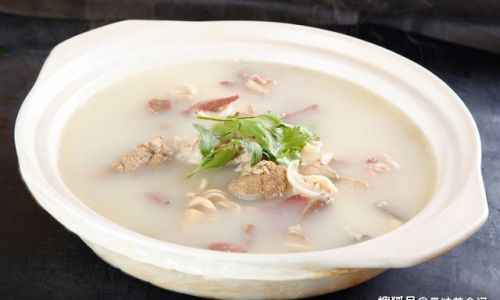
Initial Cooking and Browning:
- Preheat Oven: Preheat your oven to 375°F (190°C).
- Roasting Bones and Meat: Place the lamb bones and meat on a roasting rack and roast for about 30-45 minutes, until they are nicely browned. This caramelization adds depth and color to the broth.
- Sautéing Vegetables: In a large, heavy-bottomed pot or Dutch oven, heat a bit of oil over medium heat. Add the diced onions, carrots, and celery. Sauté until they begin to soften and turn translucent, about 5-7 minutes. Add the minced garlic and ginger, and cook for another minute until fragrant.
Building the Broth:
- Deglazing: Once the vegetables are sautéed, deglaze the pot with a splash of red wine or beer (if using). Scrape up any browned bits stuck to the bottom of the pot; these are full of flavor.
- Adding Bones and Meat: Transfer the roasted bones and meat to the pot, nestling them into the vegetables.
- Adding Liquid: Pour in enough water or stock to fully submerge the bones and meat. Add the herb bundle.
Simmering:
- Bring to a Boil: Bring the pot to a boil over high heat.
- Skimming: Once boiling, skim off any foam or impurities that rise to the surface. This ensures a clearer, cleaner broth.
- Reducing Heat: Reduce the heat to low or medium-low and let the soup simmer gently. The slower the simmer, the more flavor will be extracted from the bones and vegetables. Aim for a gentle ripple on the surface rather than a rolling boil.
Seasoning and Flavor Adjustment:
- Adding Spices: If using ground spices like cumin, coriander, and paprika, add them now. Stir well to incorporate.
- Tasting and Adjusting: After about an hour of simmering, taste the broth and adjust the seasoning with salt and pepper. Remember, the flavors will continue to develop, so don’t over-season initially.
- Adding Acid: If using vinegar or lemon juice, add a small amount now. This will help balance the richness of the broth and brighten the flavors.
Cooking to Tenderness:
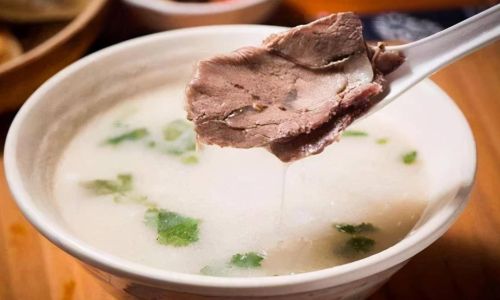
- Simmering Time: Allow the soup to simmer for at least 3-4 hours, preferably longer for maximum flavor extraction. If you have the time, an overnight simmer on the stovetop at the lowest setting or in a slow cooker is ideal.
- Checking Meat: The lamb meat should be tender and falling off the bone. If using only bones, they should be easily separable and the broth should be rich and golden.
Section 4: Finishing Touches
The final steps are crucial for elevating your lamb soup from good to great.
Removing Bones and Herbs:
- Straining: Once the soup has reached the desired flavor and texture, remove the bones and herb bundle. Let the soup cool slightly before handling.
- Shredding Meat: If using meat on the bones, carefully remove and shred the meat. Discard any fatty bits or bones.
Thickening (Optional):
- Reducing: If you prefer a thicker broth, let the soup simmer uncovered for an additional 30-60 minutes to reduce and concentrate flavors.
- Starch: Alternatively, you can make a slurry with a small amount of cornstarch and water, then stir it into the soup to thicken it slightly.
Final Seasoning and Garnish:
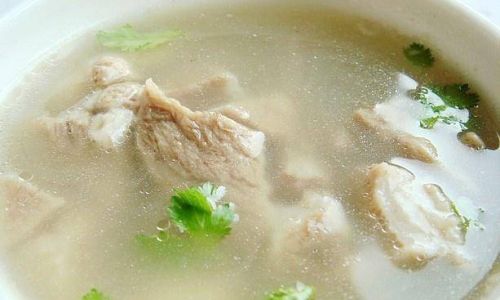
- Taste Again: Re-taste the soup and adjust the seasoning if necessary.
- Garnishing: Serve the soup hot, garnished with freshly chopped parsley, a squeeze of lemon juice, or a dollop of sour cream for added richness.
Section 5: Serving Suggestions
Lamb soup is versatile and can be enjoyed in various ways. Here are some serving suggestions:
- Accompaniments: Pair it with crusty bread, rice, or noodles to soak up the delicious broth.
- Heartier Meals: For a more filling meal, serve it with a side of roasted vegetables, a green salad, or even a dollop of yogurt or aioli.
- Creative Twists: Experiment with different herbs and spices to create unique flavors, such as adding moroccan spices for a North African twist or incorporating tomatoes and chilies for a hearty, spicy version.
Conclusion
Crafting delicious and aromatic lamb soup is a rewarding culinary endeavor that combines patience, precision, and a love for good food. By following the steps outlined in this guide, you’ll be able to create a soup that is not only flavorful and satisfying but also a testament to your culinary skills. Remember, the key to success lies in using high-quality ingredients, meticulous preparation, and a gentle, slow cooking process that allows all the flavors to meld together harmoniously. Enjoy your culinary journey and savor every spoonful of your homemade lamb soup!
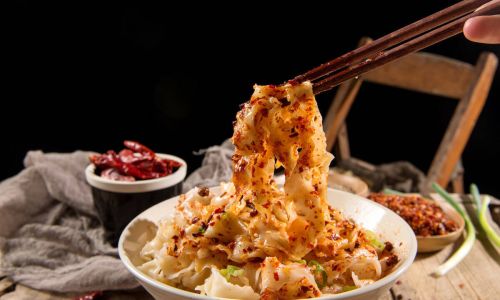
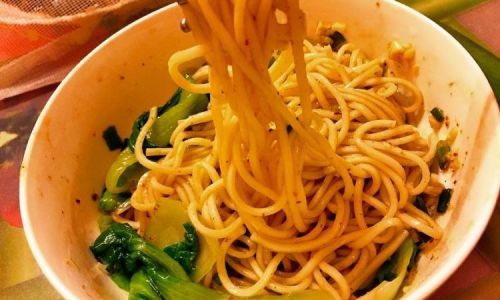
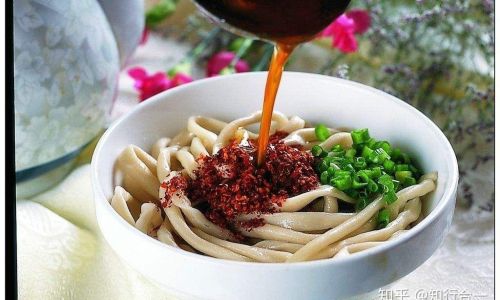
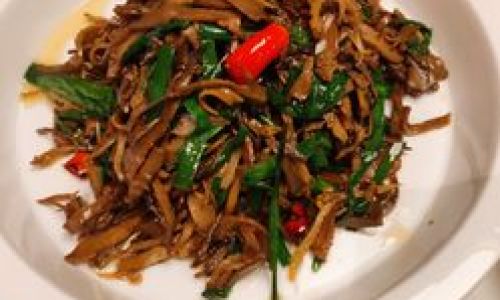
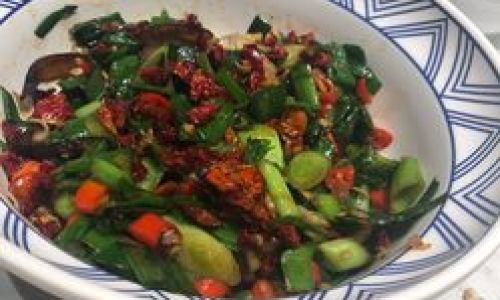

0 comments